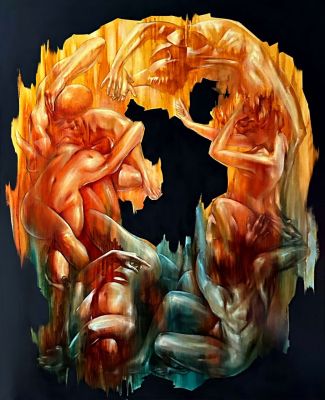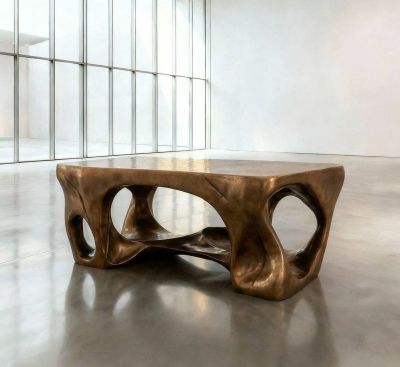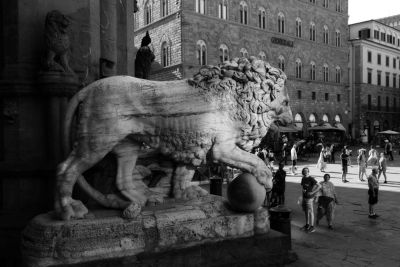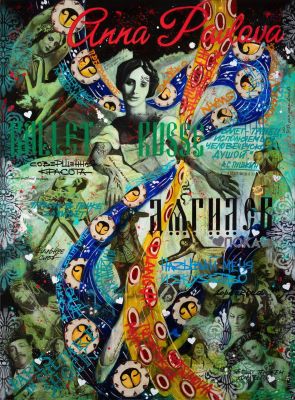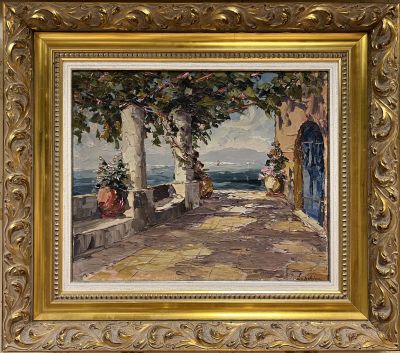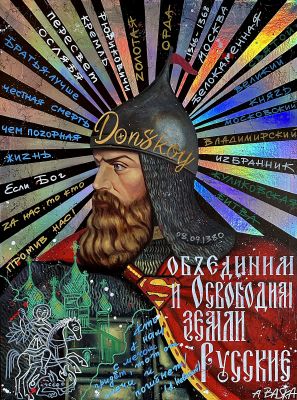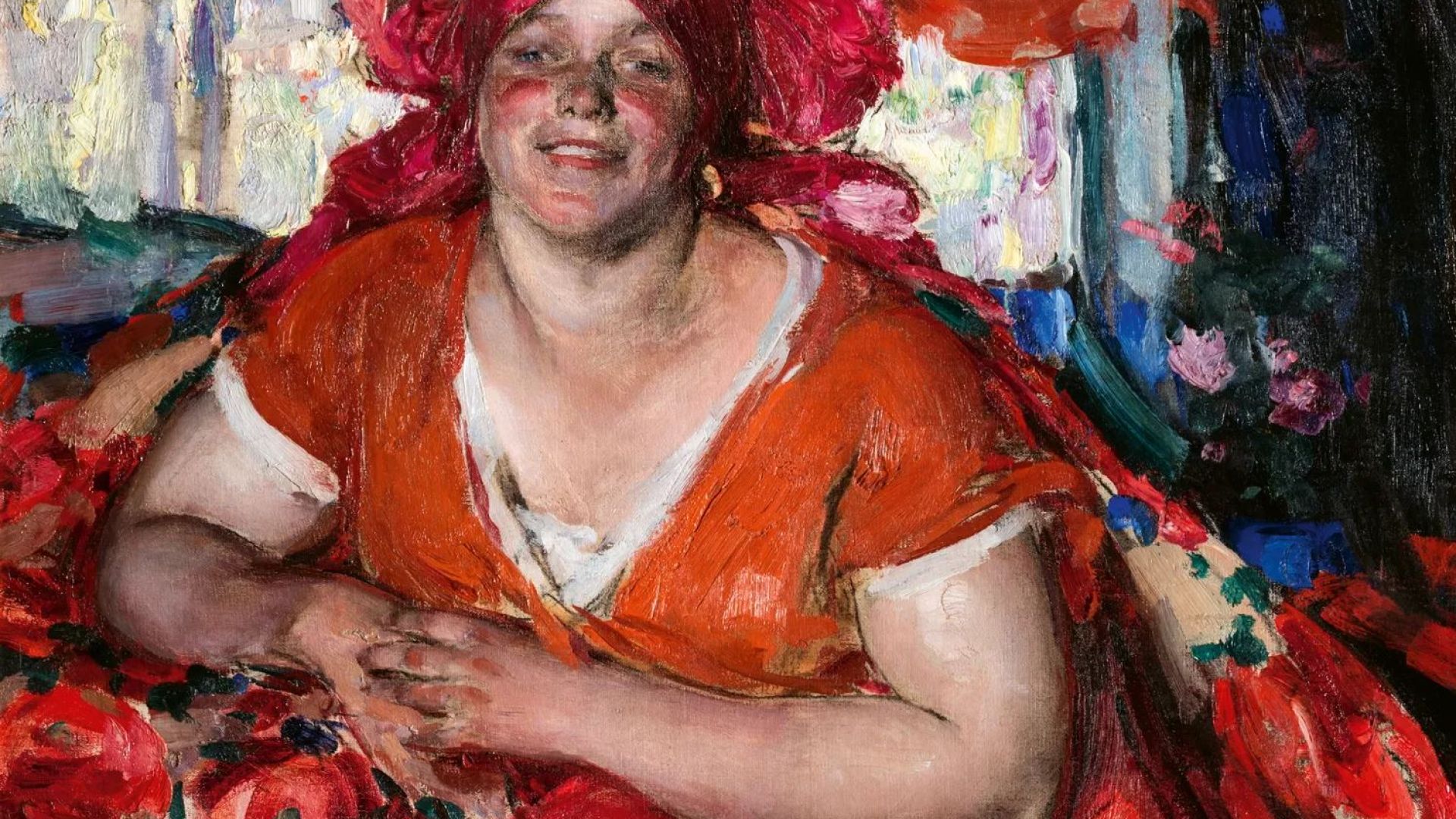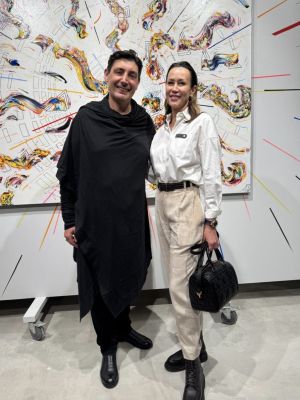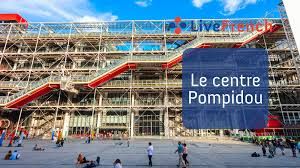About how Russian artists conquered America, who the audience took for Santa Claus, which could not be bought in New York and whose work the local public liked the most
How it all began
The idea to bring Russian art to America appeared in 1922 with Ivan Troyanovsky, a physician and author of natural science textbooks, a great connoisseur of painting. His textbooks were printed in huge editions both before the revolution and under the Soviet regime. Part of the fees - about six thousand dollars - Troyanovsky was ready to spend on organizing an exhibition of Russian art in the United States. At that time, this money could buy three tons of sugar. However, these funds were not enough, so he turned to the publisher and bookseller Ivan Sytin - he agreed to invest in the company.
Troyanovsky also shared his idea with artist Sergei Vinogradov and philanthropist, amateur painter Vladimir von Meck. They expected to sell many paintings at a future exhibition in order to financially support domestic artists: after the Civil War and the introduction of income tax in 1922, many of them found themselves in an extremely distressed situation.
At the beginning of the 20th century, more than 30,000 Russian emigrants lived in New York alone, but for most Americans, the new Soviet Russia with its art was absolutely alien. In addition, the United States has not even officially recognized the USSR yet - President Franklin Roosevelt did this only in 1933. Nobody knew Russian artists: the enlightened public then was fond of French impressionist painting.
However, these difficulties did not stop the organizers. They assumed that the sale of paintings would allow them not only to compensate for the investment, but also to bring profit. “America suffered the least from the Great War and therefore more than other states retained the purchasing power of works of art” - this is how they explained their decision.
Work on the project began in June 1923. Troyanovsky, Sytin and Vinogradov formed an exhibition committee, which included the artists Ilya Mashkov, < a href="https://www.culture.ru/persons/8800/igor-grabar" class="tooltipstered">Igor Grabar and Konstantin Yuon, as well as von Meck, were the only one in the circle of enthusiasts who spoke English well. The committee formed a list of one hundred artists whose work they would like to present in the US and sent them an official letter. To participate in the exhibition, the authors had to send the organizers up to twenty of their best works or their author's repetitions with an indication of the price.
As a result, the committee received almost one and a half thousand works - not only paintings, but also graphics, sculpture, works of arts and crafts. Participants included Apollinary and Viktor Vasnetsovs, Boris Kustodiev, Mikhail Nesterov, Konstantin Somov, sculptors Anna Golubkina and Sergey Konenkov. Relatives of Valentin Serov sent several of his works for consideration, and after the opening of the exhibition in New York from Paris and Berlin brought works by Natalia Goncharova, Mikhail Larionov, Dmitry Stelletsky, Leonid Pasternak.
American Babylon
The organizers' journey to the States began at the Rizhsky railway station in Moscow. Through Riga and Berlin, they reached England, from where they sailed to America. The only member of the expedition who spoke English well, von Meck, was delayed due to the illness of his wife, so many of the names of the paintings in the catalog compiled by Grabar, Somov and Vinogradov were not quite accurately translated.
All the organizers of the exhibition were in America for the first time.
“The entrance to New York Harbor made an unforgettable impression on us. It was a sunny frosty morning. At first, the Statue of Liberty appeared in the darkness, which is nothing remarkable as a monument of sculpture, even rather banal, but what began to emerge behind it in the distance, in a blue haze, is more exciting, beautiful and almost fantastic. At first vaguely, and then more and more clearly, gigantic masses of building-towers began to grow, wide at the bottom, narrow at the top, rising to the sky in ledges. There was something from Babylon in this pliability of buildings”, — wrote Igor Grabar.
The travelers were greatly impressed not only by the unusual architecture, but also by the bright lighting of the streets, especially Broadway, as well as the cinema. Many were in the cinema for the first time, in particular Grabar. He believed that this was not art, but just a substitute for such a great concept as theater. But Somov respected cinema and tried not to miss new films. Russian tourists rode double-decker buses, used the subway (Somov once even got lost in it), and even tried hot dogs for the first time.
“A more horrible and vile sight I have never seen. After all, this is such a monstrous profanation of one of the greatest creations of mankind - the theater, that this consciousness alone poisons every possibility of pleasure and joy, even if we assume that they are conceivable ... They say that this is life itself, but I see that this is falsehood itself. that this is a frank and, moreover, a vile lie, , - Igor Grabar wrote in a letter to his wife.
There were also domestic difficulties. The artists did not take paints, brushes and other supplies with them, confident that in New York they would buy all this without any problems. However, it turned out on the spot that both the choice and the quality of materials were much worse than in Russia. Grabar complained in a letter to his wife: “In Kaluga you can find a good palette in a shop, but not in New York. And the prices are staggering and outrageous.”.
The organizers of the exhibition also visited American museums. They were surprised that the expositions in them were not formed according to the chronological principle or according to the theme: in each hall there was a collection presented to the museum by one or another sponsor.
Old acquaintances and new acquaintances
In the USA, the committee got assistants: Somov's cousin Evgeny and an assistant to the entrepreneur Sergei Diaghilev Nikolai Grishkovsky.
“He speaks exactly three times as fast as he should, moreover, with a terrible Western accent, although he is a Russian pillar nobleman. Perfect machine gun. I don’t remember meeting a person in my life who utters such a monstrous number of words and absolutely mind-blowing letters per minute. Handsome, sweet and nice guy. very practical, stupid, but harming himself with haste ... Extremely useful and necessary ”,, Grabar wrote about Grishkovsky.
At that time, the composer Sergei Rakhmaninov had lived in New York for six years . The organizers of the exhibition visited him several times in a mansion overlooking the Hudson, and Rachmaninov himself bought several paintings from their collection for himself. They also met with Fyodor Shalyapin — they listened to Boris Godunov performed by him, — and with the ballerina Anna Pavlova. Chaliapin bought a wooden figurine by Konenkov at the exhibition. In addition, the committee members met with the famous designer Louis Comfort Tiffany, heir to the famous jewelry company. Tiffany bought Vinogradov's work "Stories about the War".
The exposition was greatly assisted by the businessman and collector of Russian art Charles Richard Crane, who vouched for the artists to the bank so that they would be given a loan, and then purchased works worth more than 20 thousand dollars at the exhibition.
The organizers tried to create a committee of trustees from prominent and wealthy New Yorkers. They offered to arrange a "Russian evening" - with tea drinking, a samovar, dancing and a bear. Russian artists were offended, and the Americans, in turn, were offended and did nothing to help organize the exhibition.
Dashing opening
The exhibition opened on March 8, 1924, at one of the most expensive venues in Mid-Manhattan, Lexington Avenue, on the top, 12th floor of the Grand Central Palace. “The room is large, but ugly, very poorly furnished”, Somov complained. “We have placed natural-colored wicker furniture and many green trees (date palms) everywhere. It turned out smartly”, — wrote Grabar.
The exposition poster and the cover for the catalog were to be drawn by Somov. Grabar suggested the plot: "...a Russian woman flies from Russia to America and throws flowers (art) over New York: the Kremlin is in the distance, and skyscrapers below in front". The model was to be Grishkovsky's wife Ekaterina. The work didn't go well. After almost a week of posing, Somov wrote: “She was talking very uninteresting all the time, and I realized that she was a fool. Nothing came out of my drawing.”. As a result, they decided to reproduce the picture of Kustodiev.
“...We stopped at Kustodiev's amusing and poignant thing "Reckless", in my opinion, his best thing ... On a bright sunny day in winter, he stands to his full height, very poster-like, in a blue undershirt almost from top to bottom, a scorcher in the snow, taking off his hat and inviting "to ride on a decent one." Red mug with a red beard, teeth bared. On the left is a yellow sled, a horse, ”, Grabar recalled. The picture for the poster was reworked by Fedor Zakharov. The Americans mistook the Kustodievsk driver for a city driver or Santa Claus.
What went wrong
At the exhibition “as many as one hundred artists of various interpretations and directions were presented. But I wanted to take a wider range - cutting off only the extremes, both on the left and on the right. I wanted Russian contemporary art to be presented as fully and clearly as possible”, as Sergey Vinogradov wrote. The most popular were the works of the "ethnographic direction" - images of churches, snowy landscapes and portraits of colorful Russian people. “Our young artists and modernists are not liked, and they are hardly looked at”, wrote Somov. But they looked and bought (11 paintings out of 13) academic landscapes and works based on gospel stories Polenova and Wanderer Aleksey Stepanov. The wooden sculptures of Sergei Konenkov aroused great interest: the American public was accustomed to stone statues and perceived Konenkov's work as an incredible curiosity.
The result of the exhibition, which ended on April 20, 1924, was not only a great public outcry, but also huge losses - about 15 thousand dollars. Several reasons led to financial failure. Firstly, the organizers did not study the American market and the preferences of the local public well enough. They brought works of various styles and directions, many of which the local public did not appreciate at all and, accordingly, did not want to buy. Secondly, they simply did not calculate their strength: the costs for all items, from renting the premises to refurbishing it, significantly exceeded the original estimate. Thirdly, the committee urged artists to inflate the cost of their works, arguing that works of art are valued more on the American market than on the Russian one. But in the United States, no one was ready to buy a painting by an almost unknown artist for a thousand dollars: with this money one could afford a small house outside the city.
North American tour and tarnished reputation
To cover the debts, it was decided to organize a series of traveling exhibitions in cities across the US and Canada. Negotiations dragged on. Grabar, Troyanovsky and Sytin returned to Moscow. Zakharov decided to stay in America forever: his works became very popular. Somov went to Paris, and then returned to New York.
For traveling exhibitions, the paintings were divided into two groups, leaving a reserve for replenishing both in case of sales. Each city printed a separate catalog. A total of 37 works were sold during the North American tour.
In November 1926, the paintings returned to New York, from where they sailed to Russia aboard the German steamer Baltic. In the port of Stockholm, during reloading from one ship to another, several boxes of canvases ended up in the water. Vinogradov wrote to Grabar: “...for many [artists] this catastrophe with the ship will be hard, I suppose”. At the same time, many believed that the organizers were trying to launder money and cover exhibition expenses. A conspiracy theory arose in art circles that they kept the paintings for themselves to secretly sell. The artist Konstantin Kandaurov wrote: “Have you read about the catastrophe with our exhibition returning from America? She drowned and got wet. In my opinion, the organizers will get away with it thanks to this!” However, not a single work was harmed in the end.
Despite the general commercial failure, the exhibition of Russian art in America can be called one of the main international cultural events of the early 20th century. Neither before nor after Russian painting has been exhibited abroad in such a variety and in such a volume. The organizers managed to show that Russian art is not just copying t French samples and works in traditional academic style, but is looking for his own ways, in many ways ahead of Western ideas.
Author: Polina Pendina
The rights to the text belong to the rightful author. Link to original text: https://www.culture.ru/materials /256645/priklyuche...

